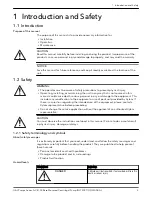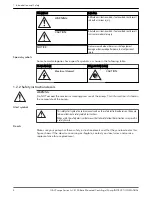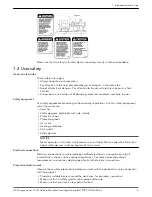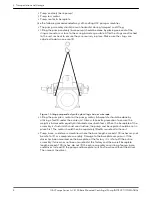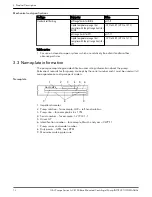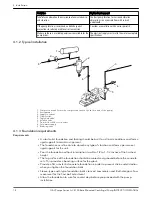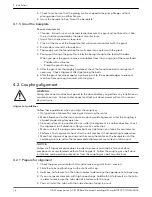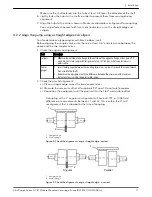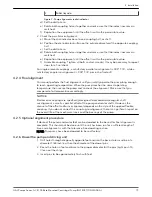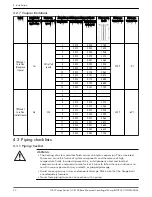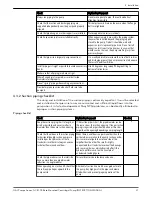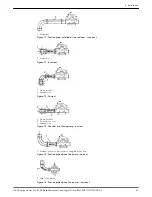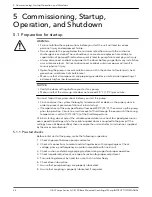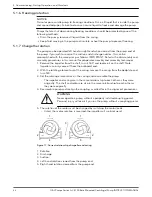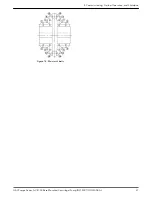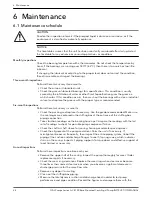
Guideline
Explanation/comment
Take into consideration the occurrence of unwanted noise
and vibration.
The best pump location for noise and vibration
absorption is on a concrete floor with subsoil
underneath.
If the pump location is overhead, undertake special
precautions to reduce possible noise transmission.
Consider a consultation with a noise specialist.
Make sure there is a suitable power source available for the
pump driver.
The electrical supply must match the motor nameplate
specifications.
4.1.2 Typical installation
4
5
6
7
8
9
1
2
3
1. Compression tank (locate the compression tank on the suction side of the pump)
2. Air separator
3. Supply to system
4. Circuit setter
5. Triple duty valve
6. Isolation valve
7. From boiler chiller or converter
8. Cold water supply
9. Reducing valve
4.1.3 Foundation requirements
Requirements
• A substantial foundation and footing should be built to suit local conditions and form a
rigid support to maintain alignment.
• The foundation must be able to absorb any type of vibration and form a permanent,
rigid support for the unit.
• Pour the foundation without interruption to within 1/2 to 1–1/2 inches of the finished
height.
• The top surface of the foundation should be scored and grooved before the concrete
sets. This provides a bonding surface for the grout.
• Provide a flat, substantial concrete foundation in order to prevent strain and distortion
when you tighten the foundation bolts.
• Sleeve-type and J-type foundation bolts are most commonly used. Both designs allow
movement for the final bolt adjustment.
• Allow the foundation to cure for several days before you proceed with the pump
installation.
4 Installation
14
G&L Pumps Series A-C 8100 Base Mounted Centrifugal Pump INSTRUCTION MANUAL




